With all the clothing options and accessories available to us in modern times, getting ready in the morning is a bit of a chore. But how did it get like this?
Why do people wear clothes in the first place? And when did we even start wearing them?
These days women and girls commonly wear earrings and necklaces, but why?
And what about men? Did they wear accessories in ancient times too?
Let’s take a look at the fashion of the people of the ancient world to find out!
Palaeolithic Period
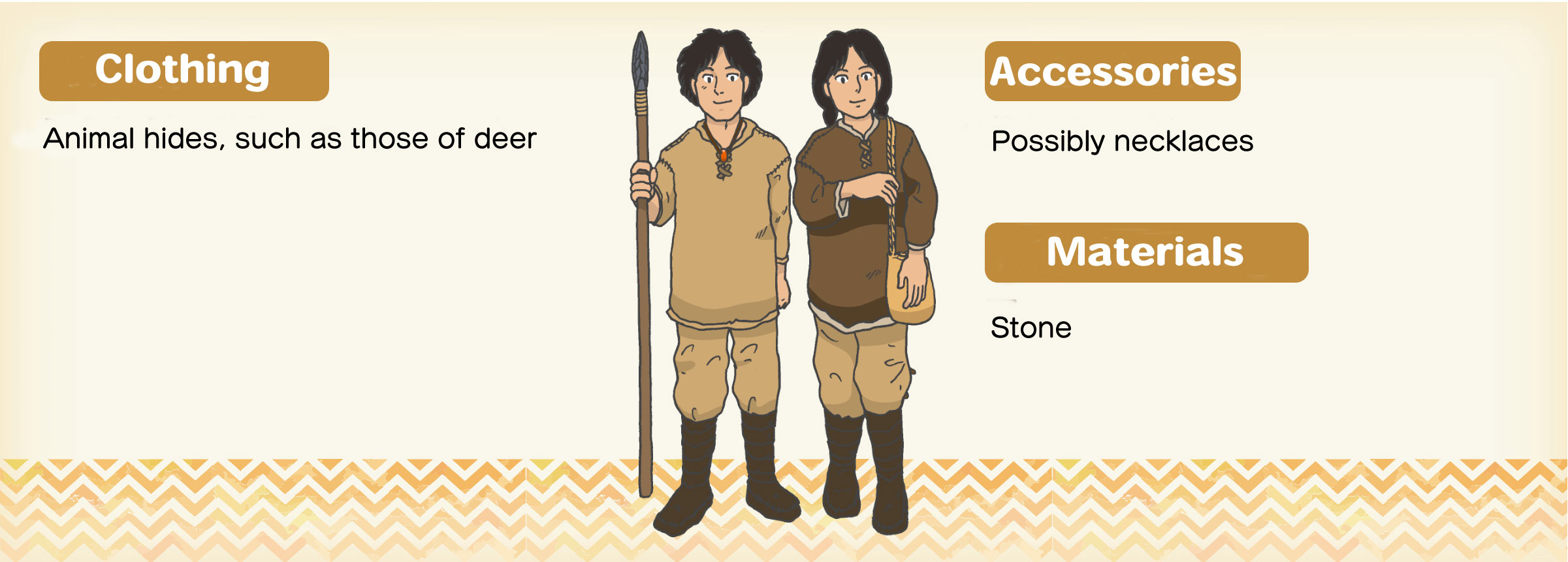
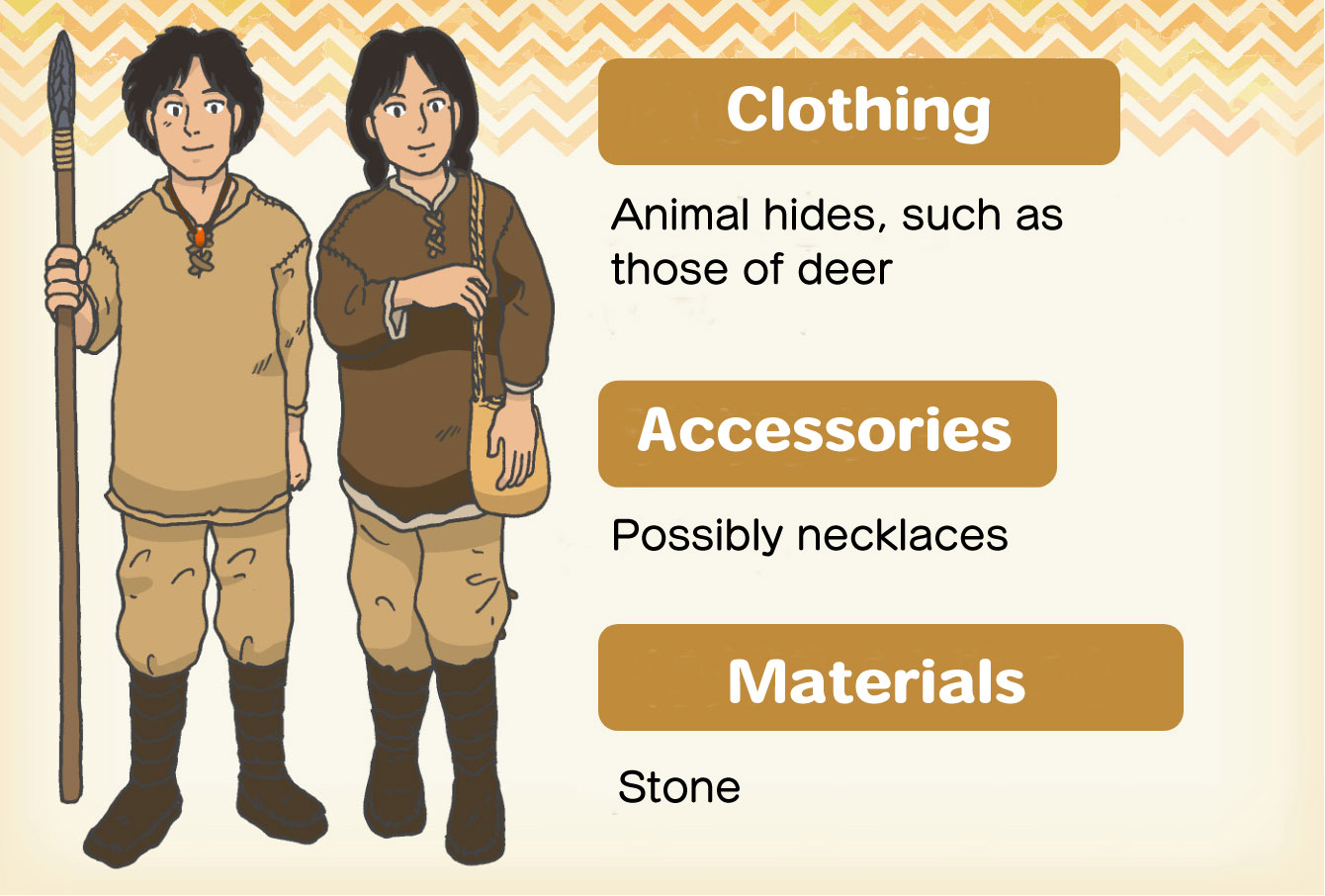
What kind of clothes did they wear?
What about accessories?
The oldest accessories made by humans were found in an archaeological site in South Africa that dates back roughly 75,000 years. They are small shell beads with a hole just under 1cm in size. On the Japanese islands, we find necklaces in places like Hokkaido’s Pirika Ruins and Iwate Prefecture’s Togeyama Ranch 1 Ruins.
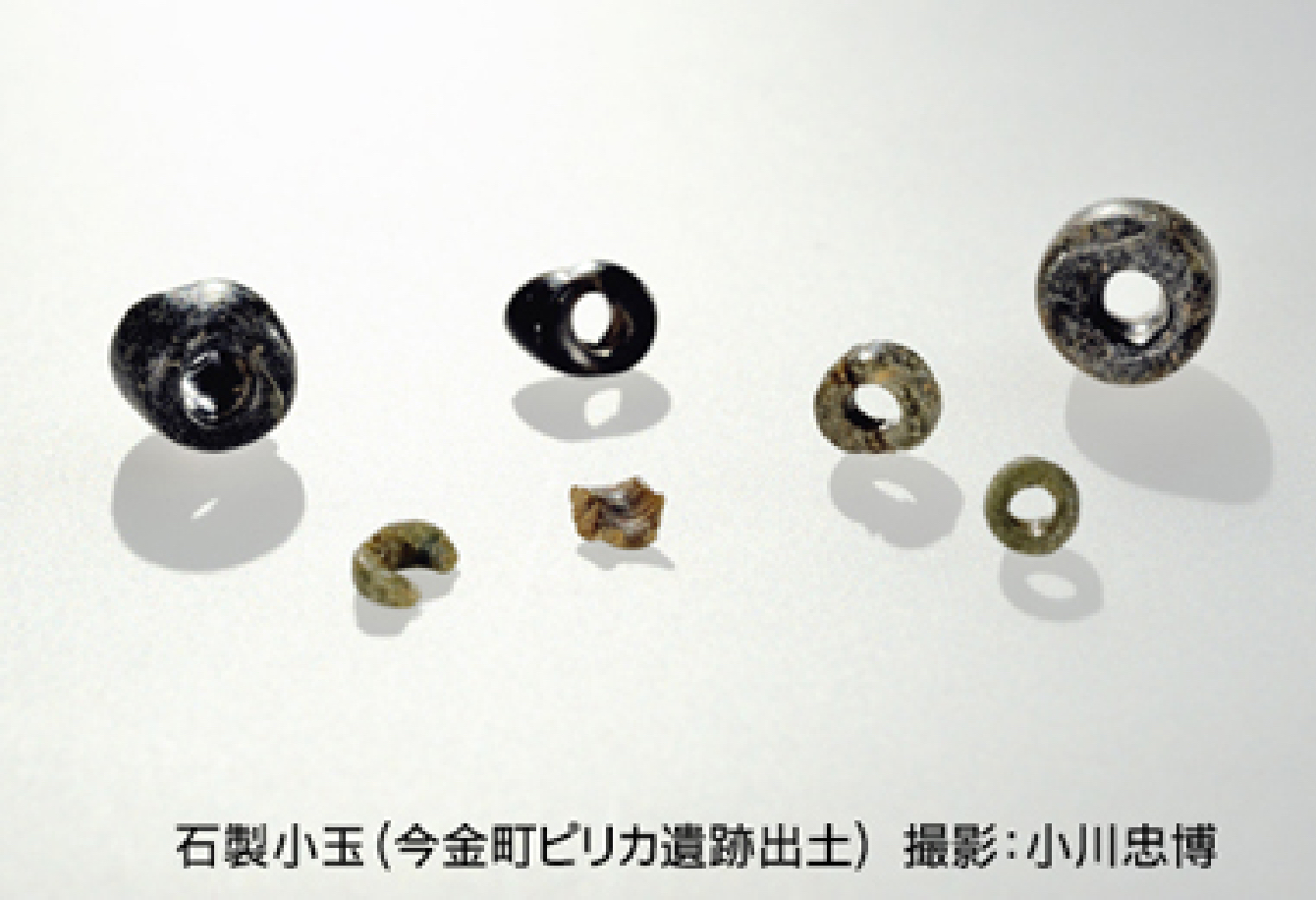
Pirika ruins/Hokkaido
Photo credit: Tadahiro Ogawa
Provided by: Imakane Town Board of Education
Jomon Period (14,000 – 300 BCE)
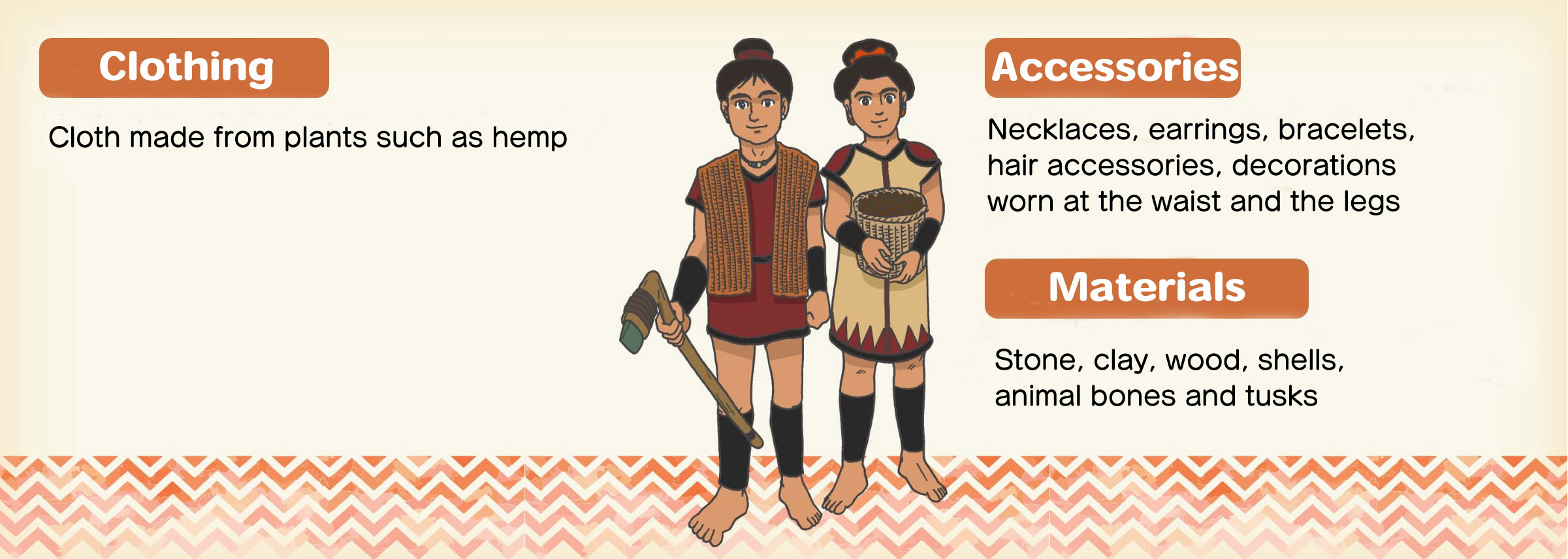

What kind of clothes did they wear?
The variation in the length of the sewing needles shows they may have been used for different things. Making the cloth was hard enough, but it must have been a really tough task to make these needles!
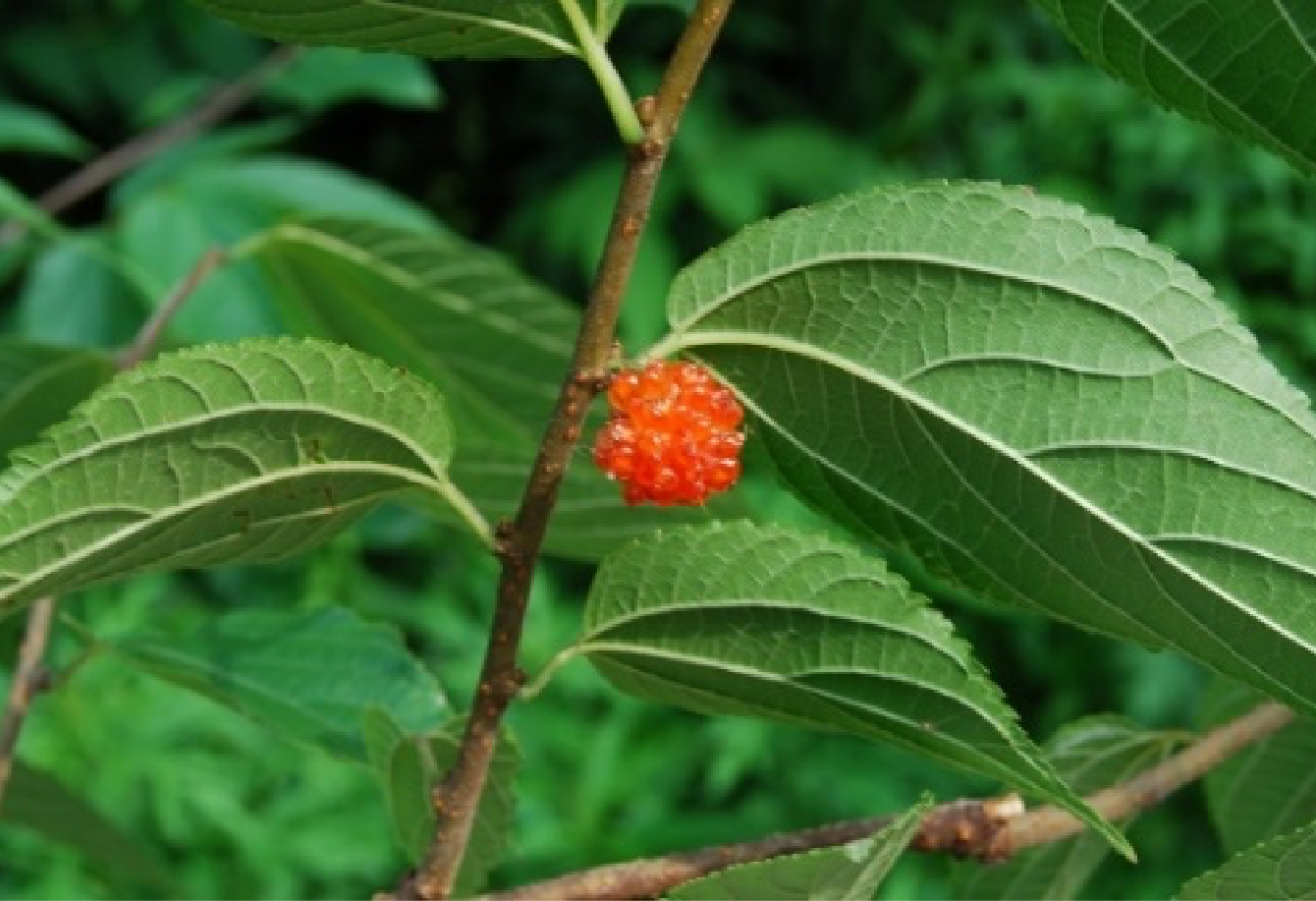
Cloth Made From Plants
Like hemp handkerchiefs made in modern times, the hemp cloth excavated from Fukui Prefecture’s Torihama Shell Mound was a fine cloth. The method of making this cloth was the same as how rush mats and bamboo screens are made, and it takes a very long time to do so. If you worked every day without a break, it would take roughly a year and a month to make just a short-sleeved coat and shorts.
It was the women’s job to make clothing. If you didn’t take care of your clothes, your mother would definitely tell you off!
What about accessories?

Satohama Shell Mound / Miyagi Prefecture
Provided by: Oku Matsushima Jomon Village History Museum
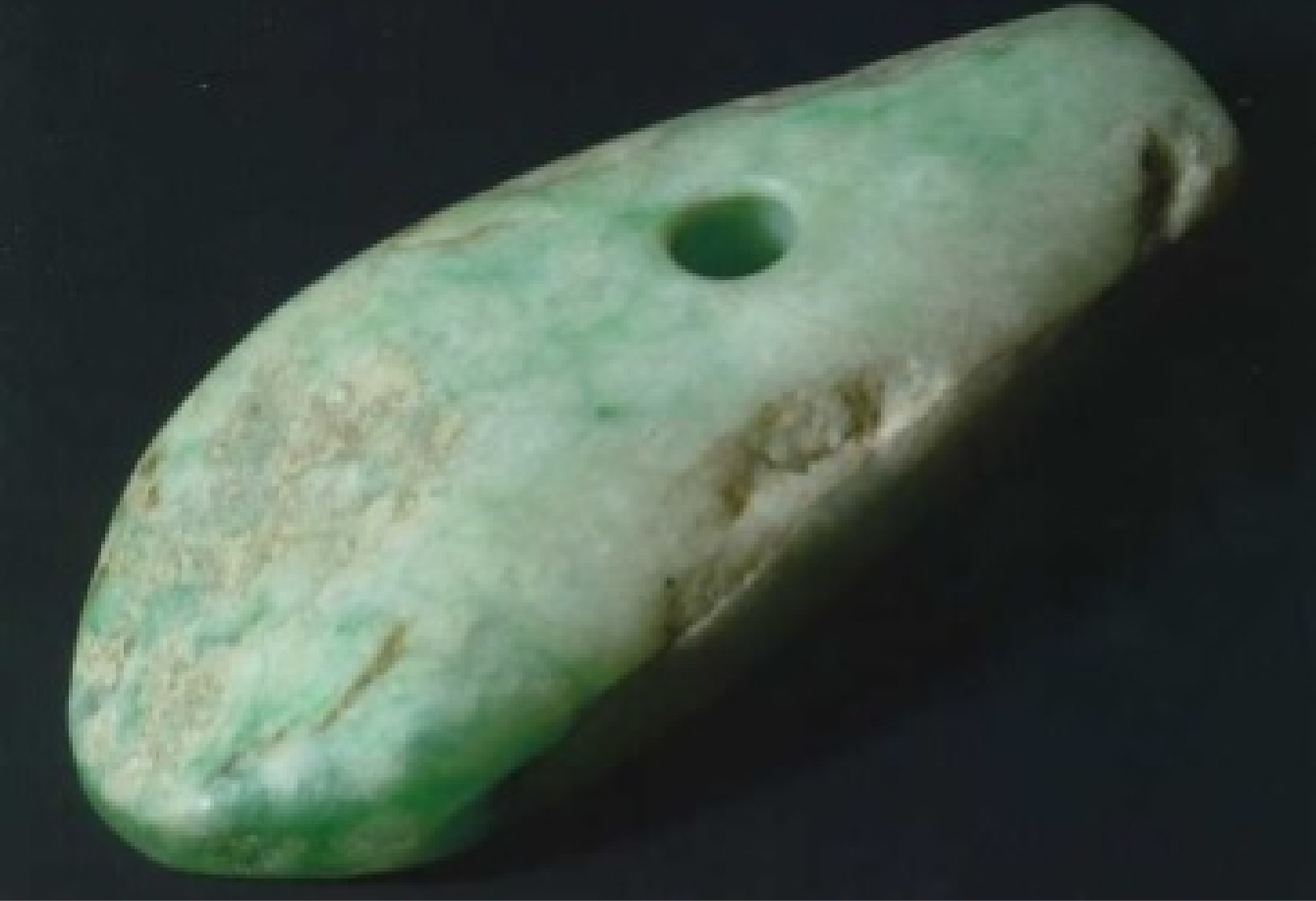
Chōjagahara Ruins / Niigata Prefecture
Provided by: Itoigawa City Board of Education
Jade
From downstream of the Hime River, until the coast of Toyama, there are lots of remains of jade beads. The jade found in the Hime River was carried there all the way from the north, Hokkaido, and even from the very southern Okinawa Prefecture.
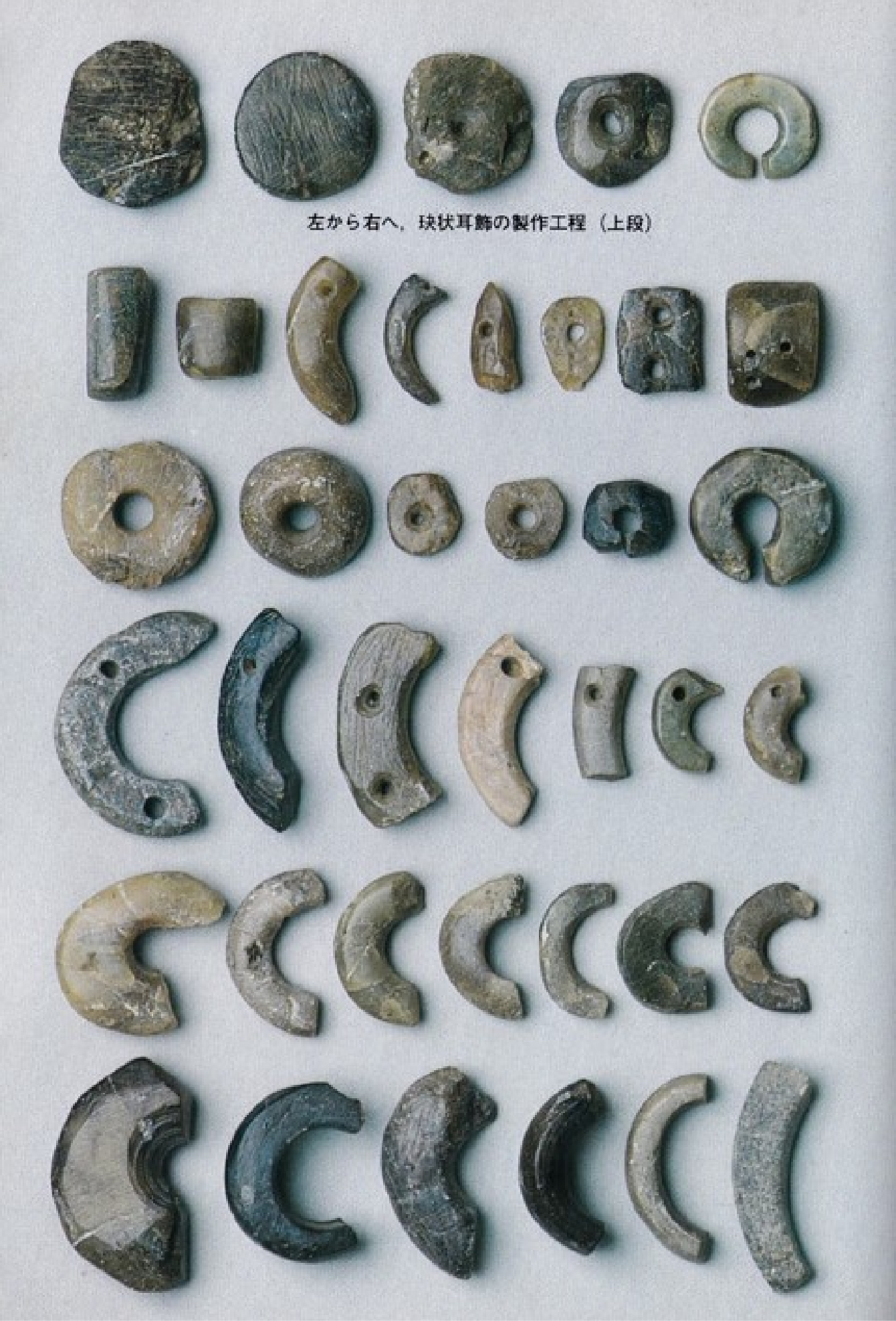
Gokurakuji Ruins / Toyama Prefecture
Provided by: Toyama Kamiichi Town Board of Education
Earrings
Ketsujou earrings involve a piercing through the earlobe, similar to what we do in modern times. These earrings are historically significant because this piercing technique was spread from China, meaning there was cross-continent interaction even in the Jomon period. Such earrings were originally accessories for women. Later on, there are examples of earrings worn by men, however these are rare, and the ear plugs that came about a bit later gradually became the more popular style.
Yayoi Period (300 BCE – 300 CE)


What kind of clothes did they wear?
Women wore clothing called ‘kantōi’, which was a piece of cloth with a hole in the centre for the head to poke through.
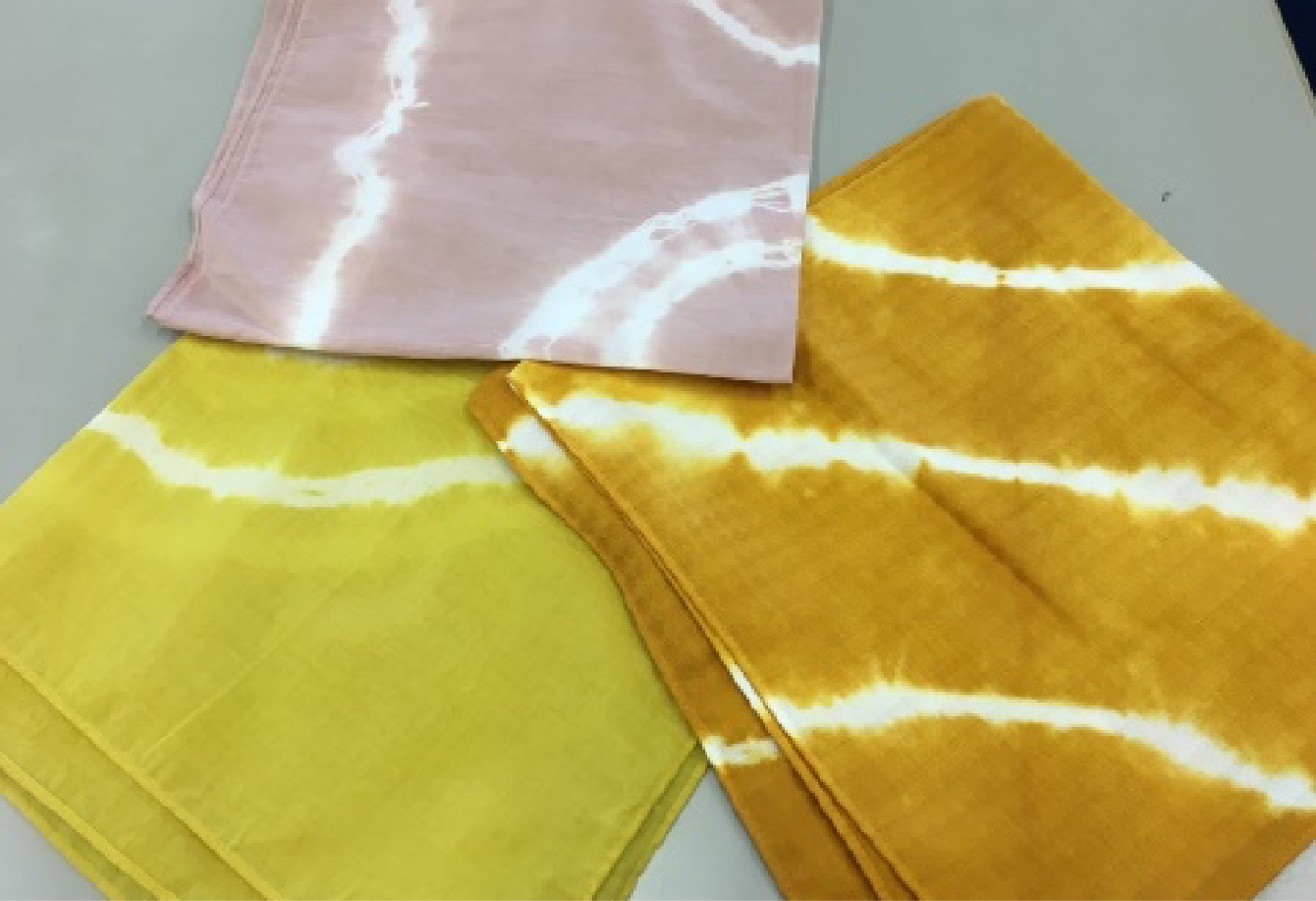
Photo credit: Mukibanda wo Aruku Society
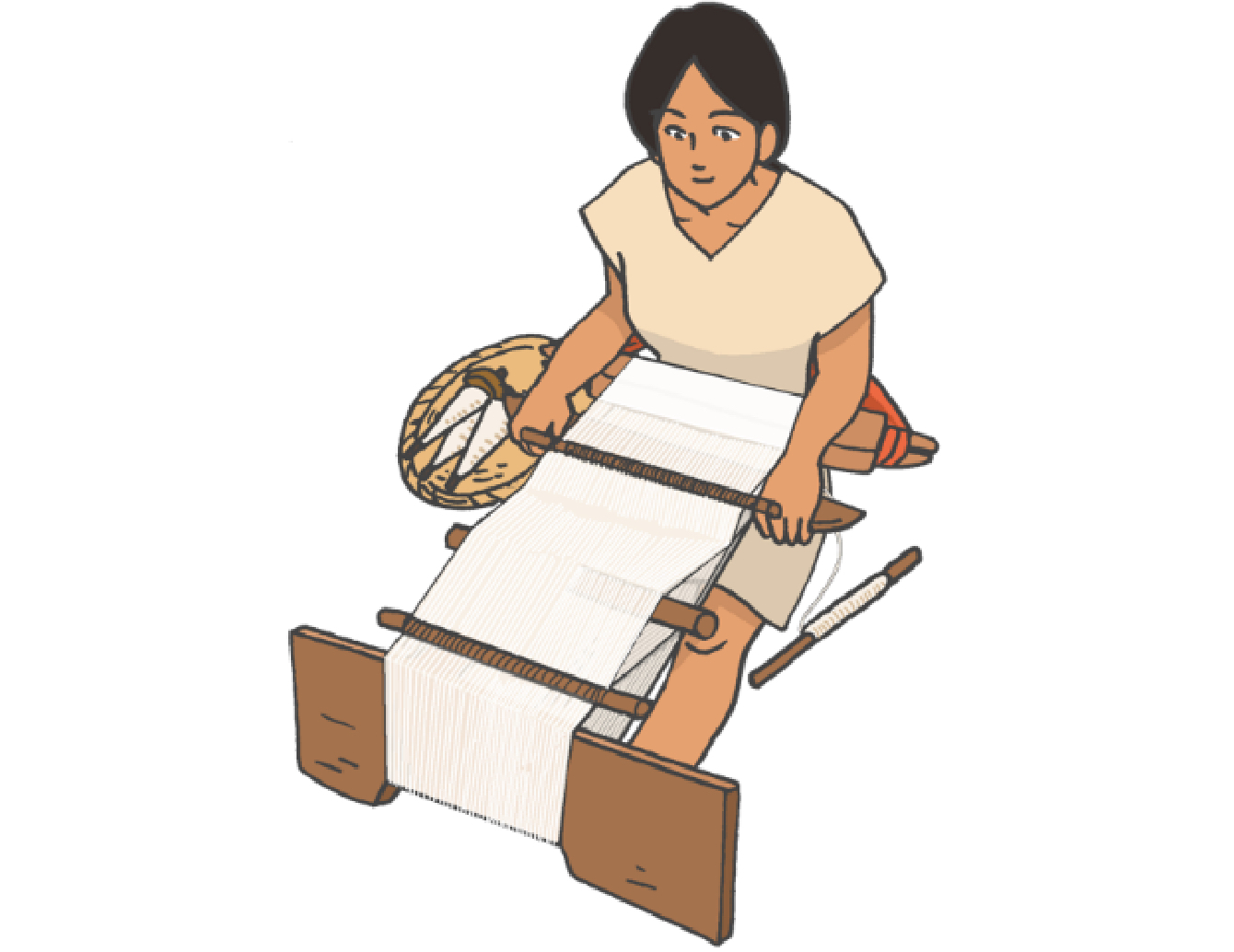
Silk and Hataorigu Looms
It took a long time to make thread from plants, but from a single silkworm cocoon they were able to extract anywhere from 800-1000m of silk fibre. This was gathered to make reams of silken thread which was then woven on the hataorigu looms to make fabric. This meant they were able to produce a lot of fabric for clothing very quickly. What’s more, silk fabric was both lighter and warmer than fabric made from plant fibre, and it shone with a beautiful lustre. The ease with which it could be dyed also meant they enjoyed many stylish, multi-coloured outfits.
What about accessories?
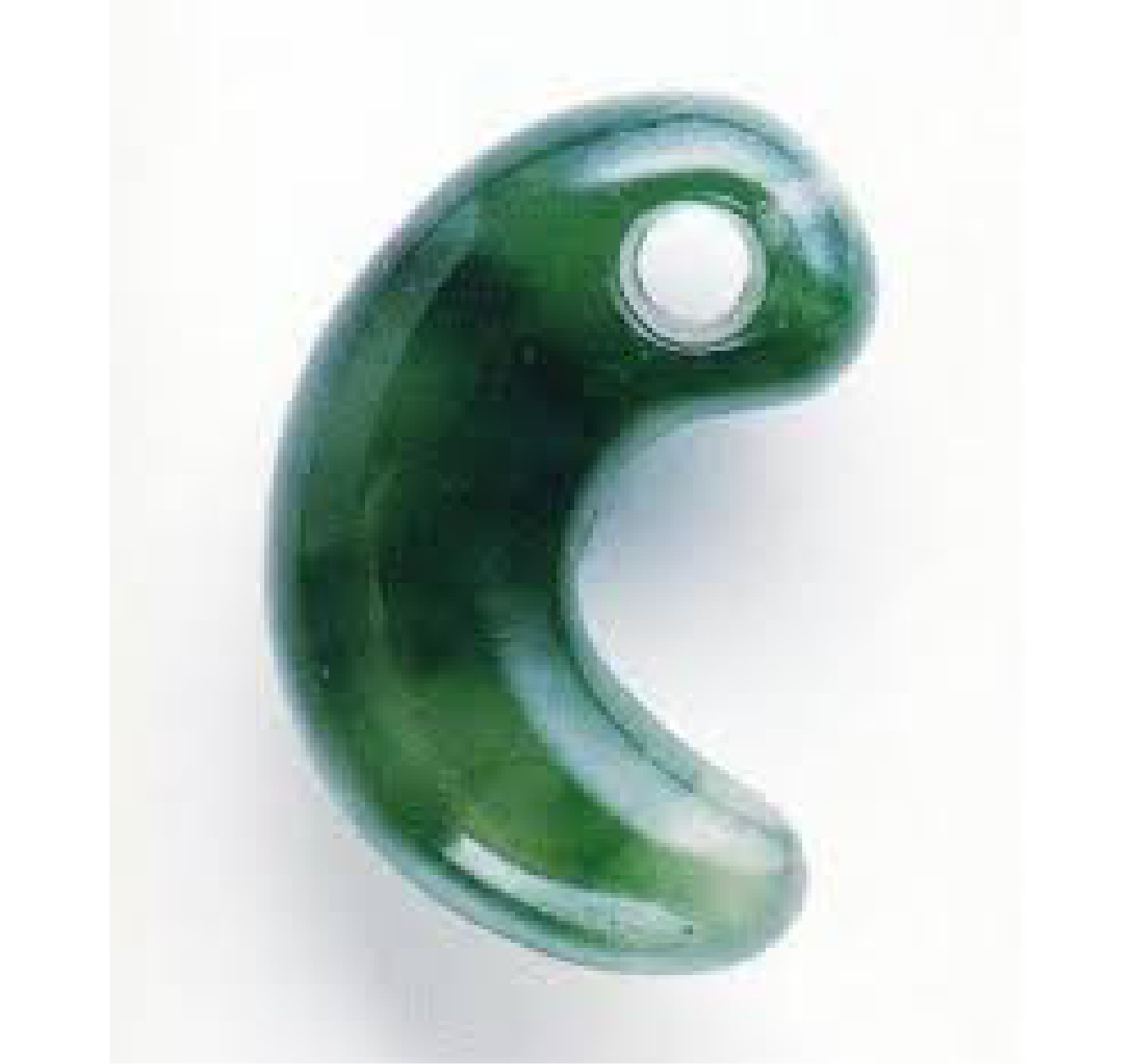
Found at the Manai archeological site, Shimane Prefecture
Provided by: Shimane Prefecture Ancient Izumo History Museum
Magatama
Magatama were made from both glass and stone, but those made from jade were treasured much more in the Yayoi and Jomon periods. We don’t fully understand the meaning behind the shape of the magatama, but there is one theory that it developed from ‘kibatama’ worn in the Jomon period, which were beads made from animal teeth.
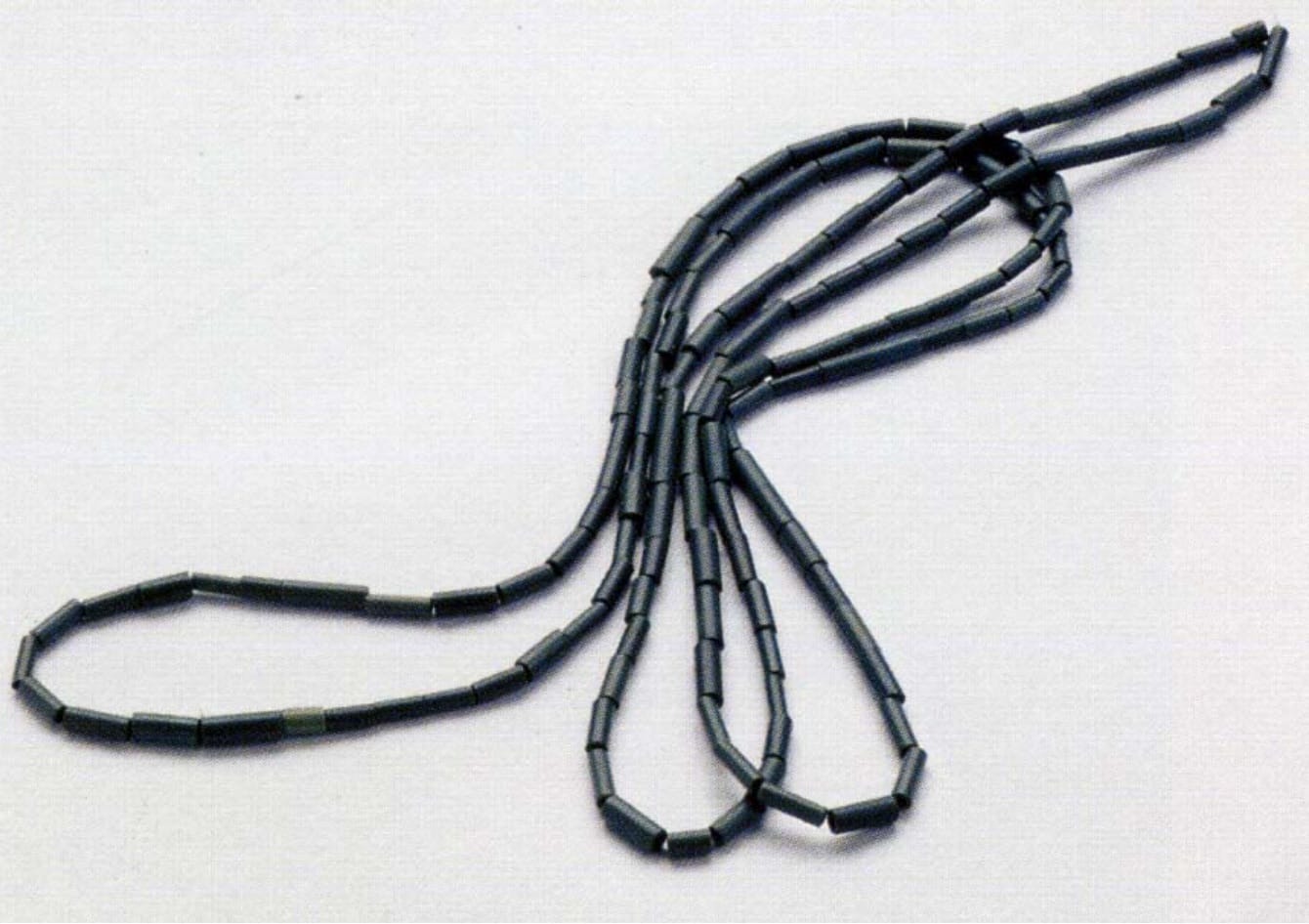
Excavated from Forest Burial Site No. 7 in Shimane Prefecture
Provided by: Shimane Prefecture Ancient Izumo History Museum
Kudatama
These regions were rich in green-coloured tuffs and jaspers that were used to make the beads. For some reason, the Yayoi people must have been fond of green and azure-coloured jewellery. The kudatama produced in the San’in and Hokuriku regions were transported all over, such as to Kyushu and to the Kinki and Kanto regions.
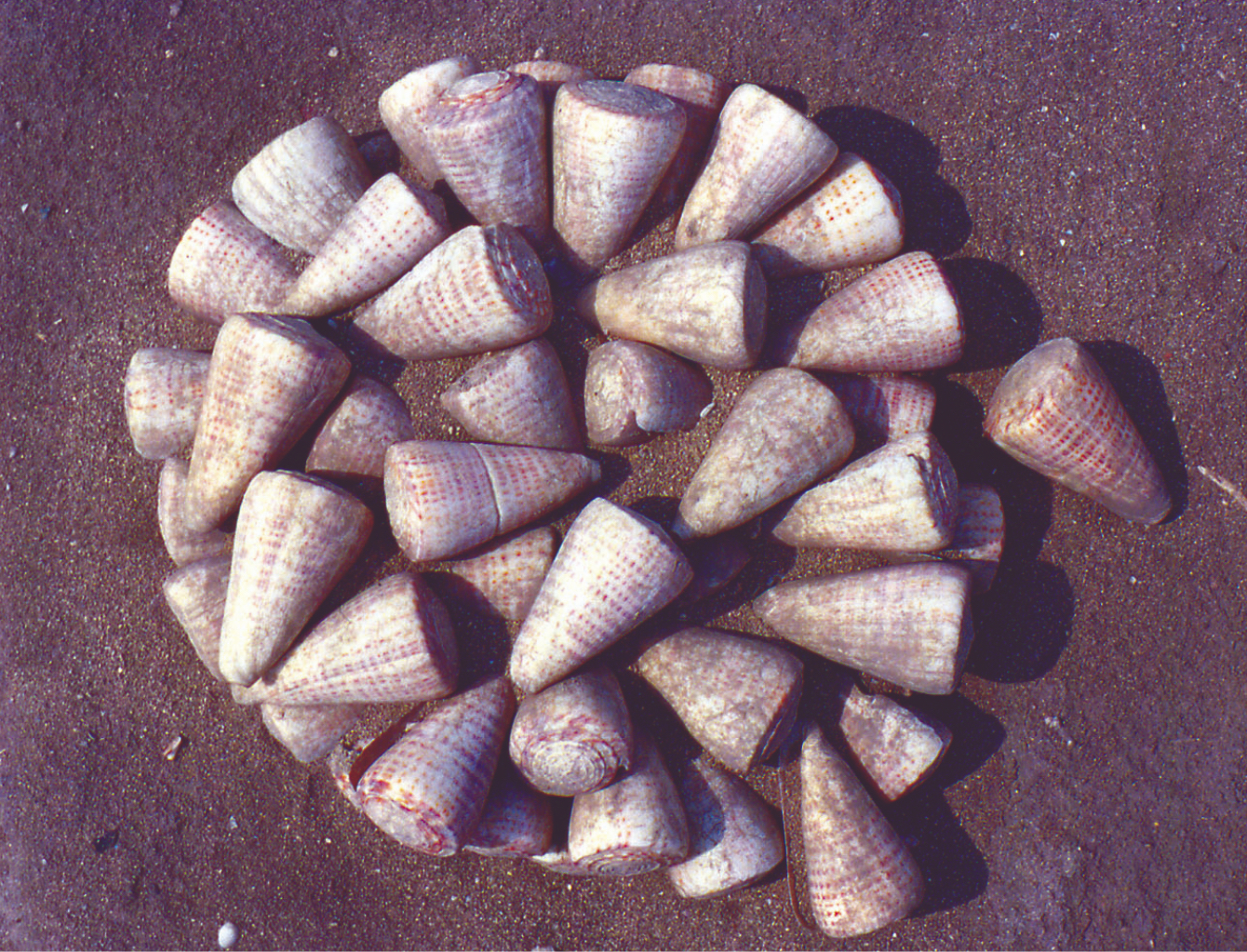
Kushibaru Shell Pile in Okinawa Prefecture
Provided by: State Office of Education in Ie, Okinawa
Shell Bracelets of the Southern Islands
It was common to wear ten to twenty of these bracelets on one arm, though some people wore them on both arms. Because the bracelets were heavy, making it difficult to work with them on, it is thought that those who wore them were likely either shaman-like people who worshipped the kami (revered ethereal beings somewhere between deities and spirits), or other similarly important or influential people.
Kofun Period (300 – 538 CE)
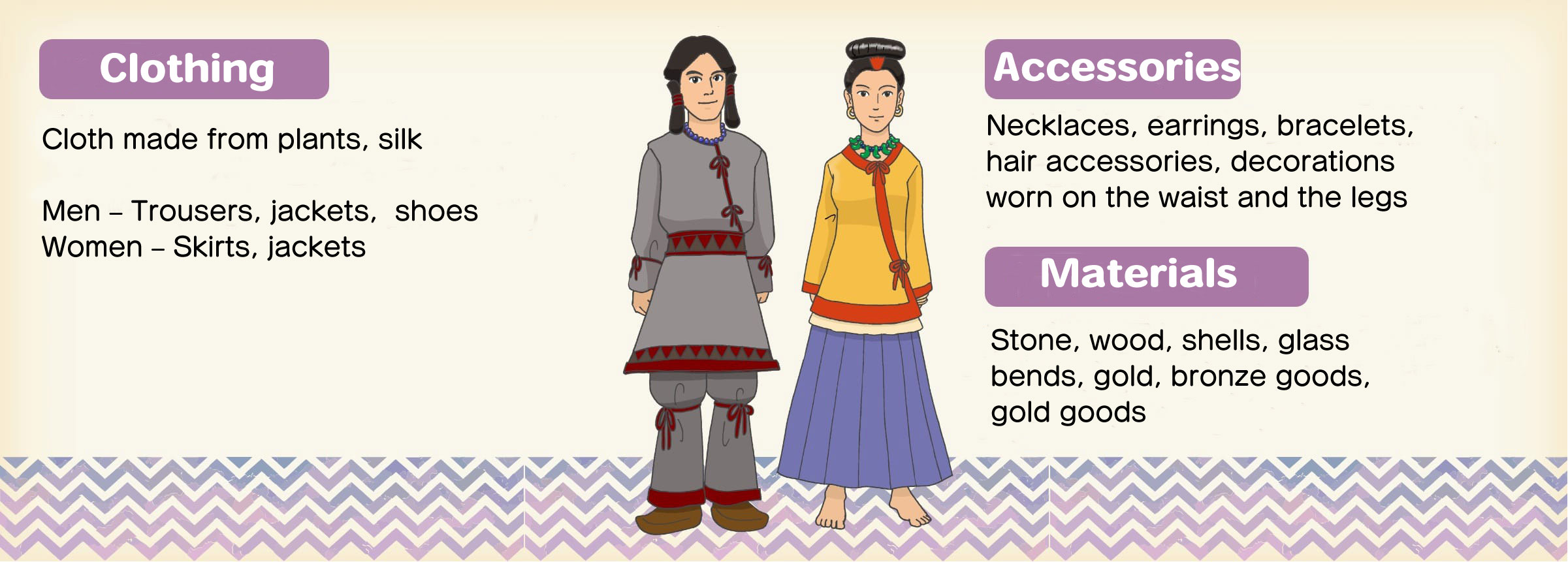
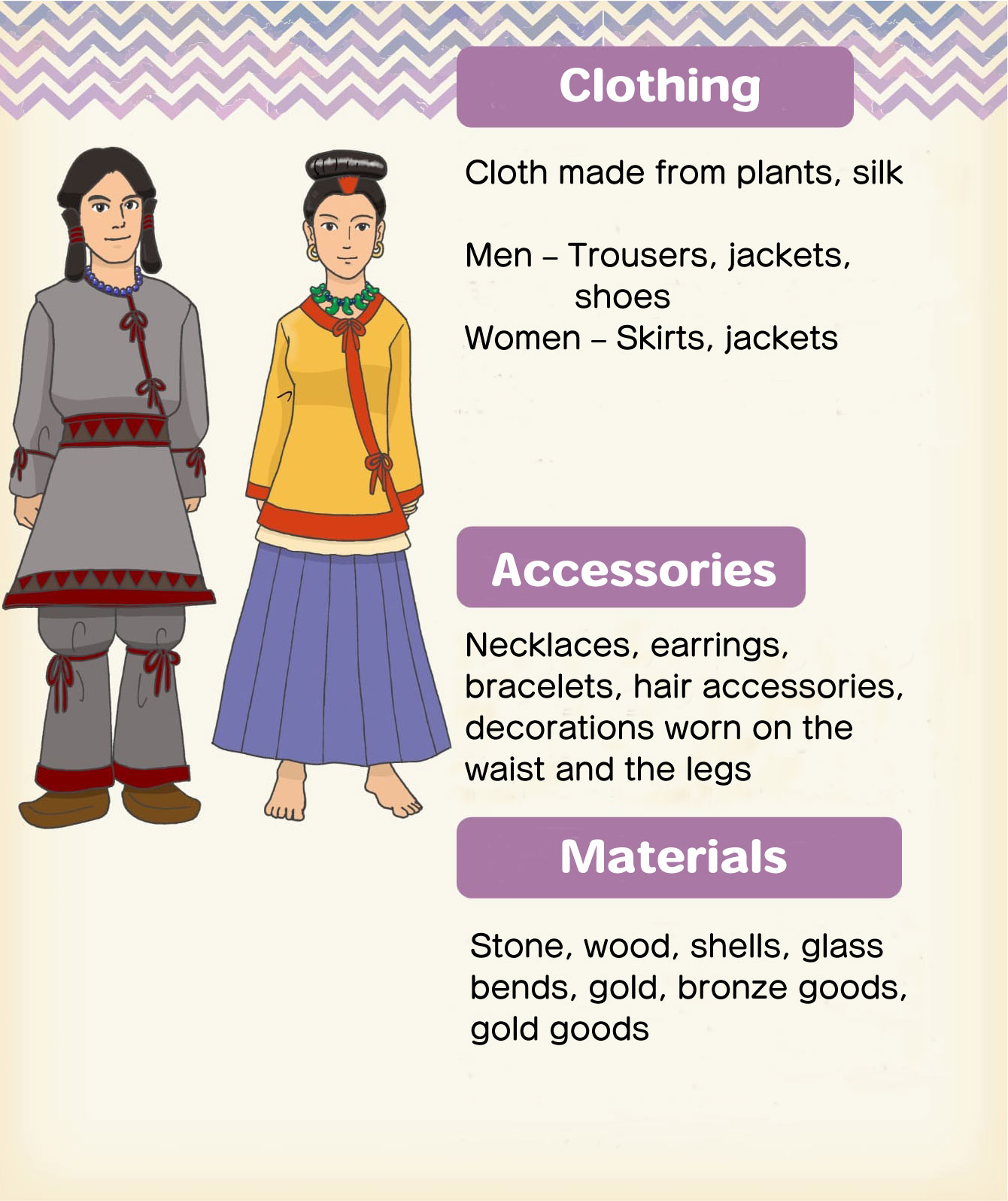
What kind of clothes did they wear?
The trousers and shoes were likely worn when riding horses, which were brought over from Korea during this period. It seems that some men wore their hair parted in the middle and tied up next to the ears in what is called a mizura hairstyle, and some wore crowns or hats. Some women wore their hair bunched at the top of their head, with a comb inserted in the hair near the forehead.
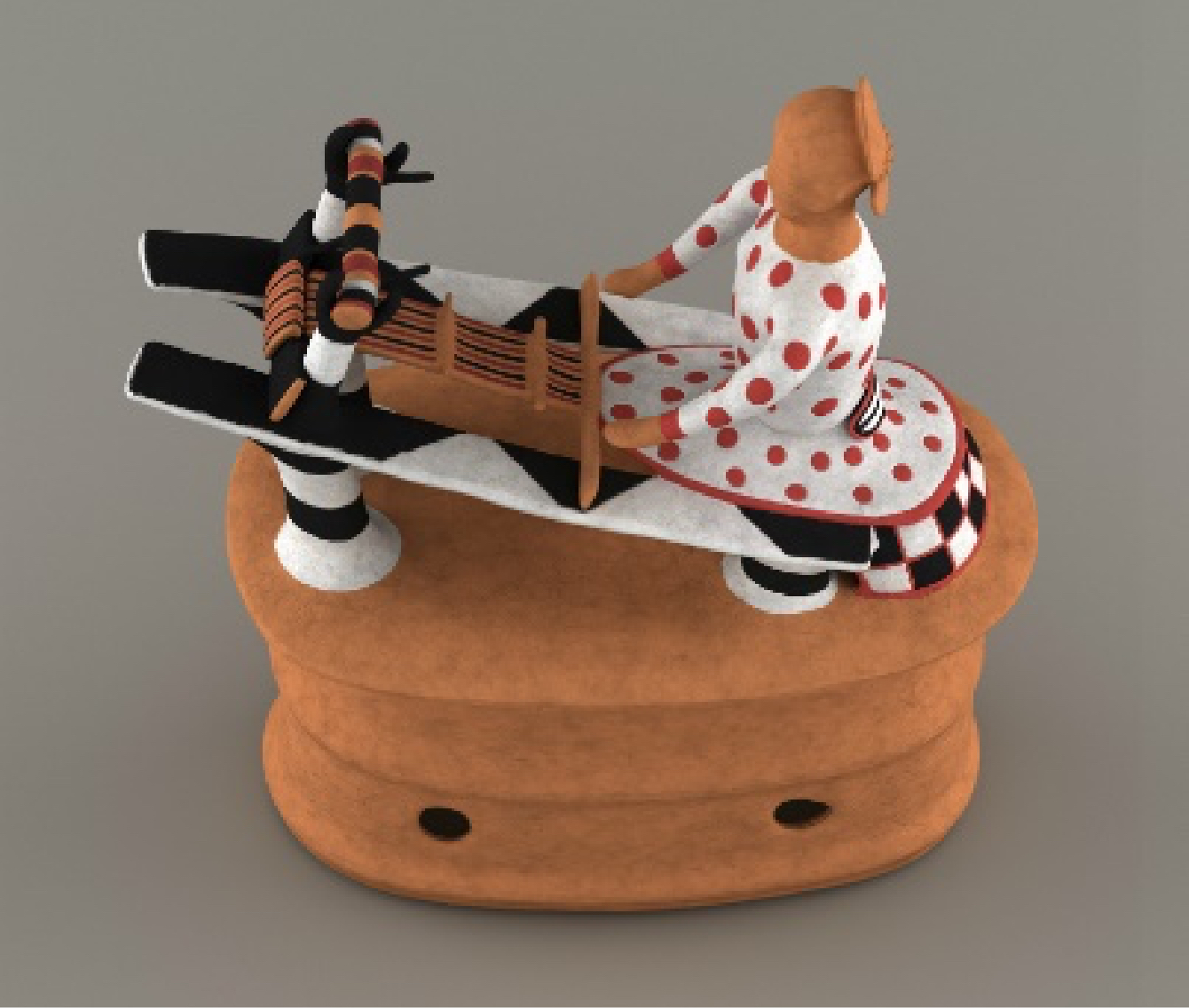
Kozuka Kofun / Tochigi Prefecture
Provided by: Shimotsuke Province Department of Education
Fine Silk Goods
What about accessories?
Among them, the golden crown was a precious item worn by the royal family and powerful people of the Korean Peninsula.
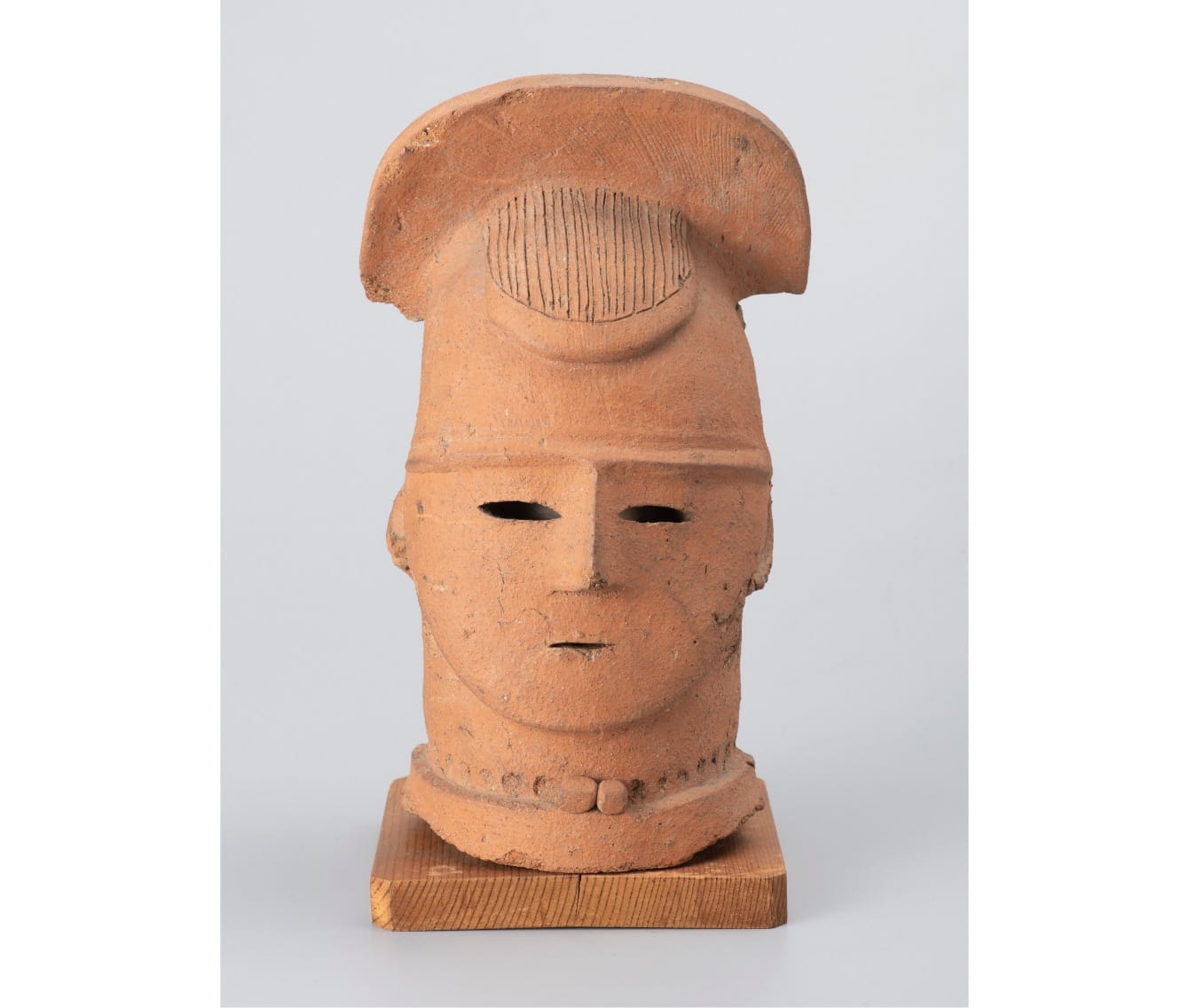
Excavated from Hashie-machi, Isesaki City
Provided by: Gunma Prefectural Museum of History
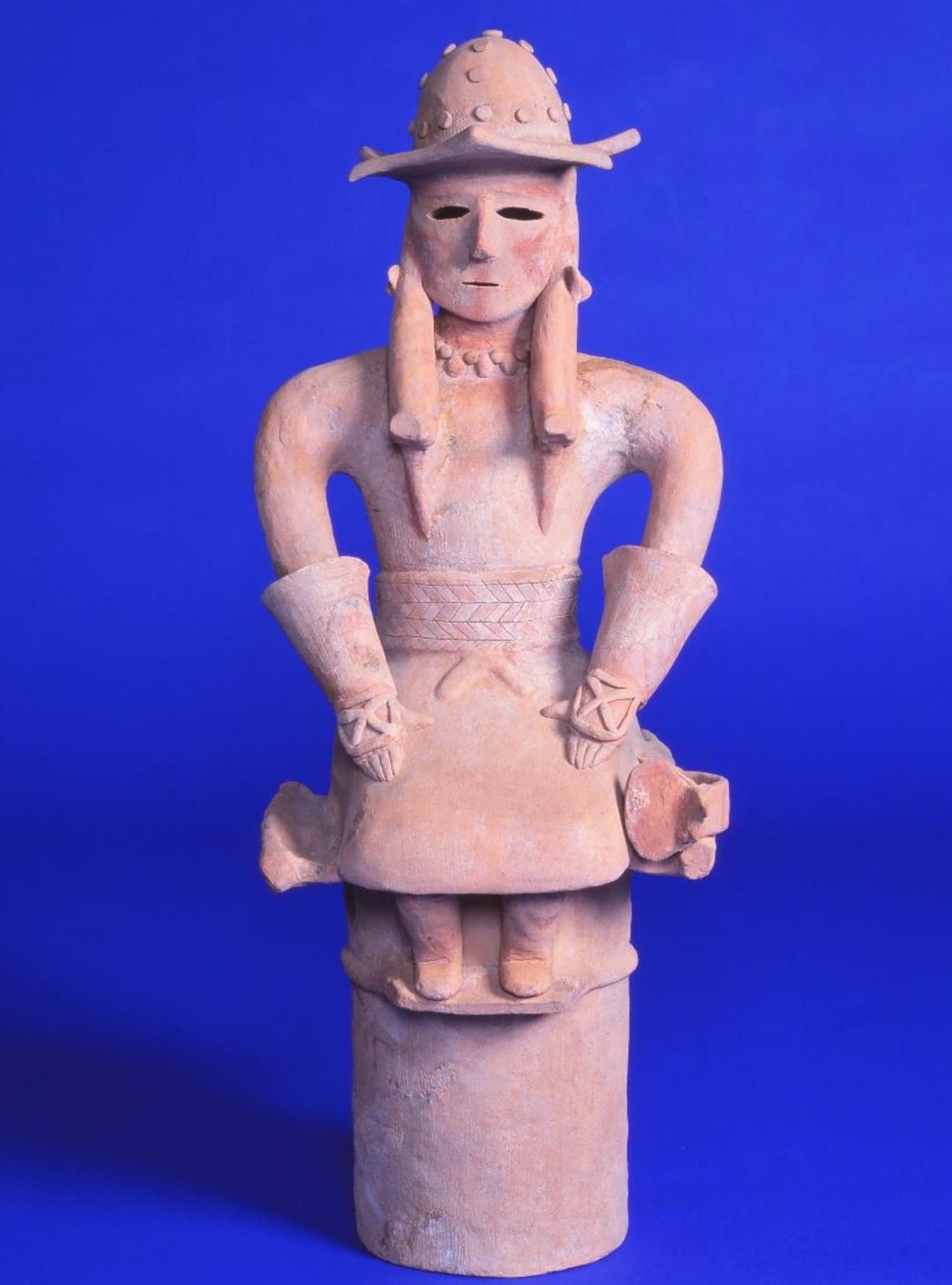
Excavated from Tsukamawari Burial Mound No. 3 / Gunma Prefecture Owned by: Agency for Cultural Affairs
Provided by: Gunma Prefectural Museum of History
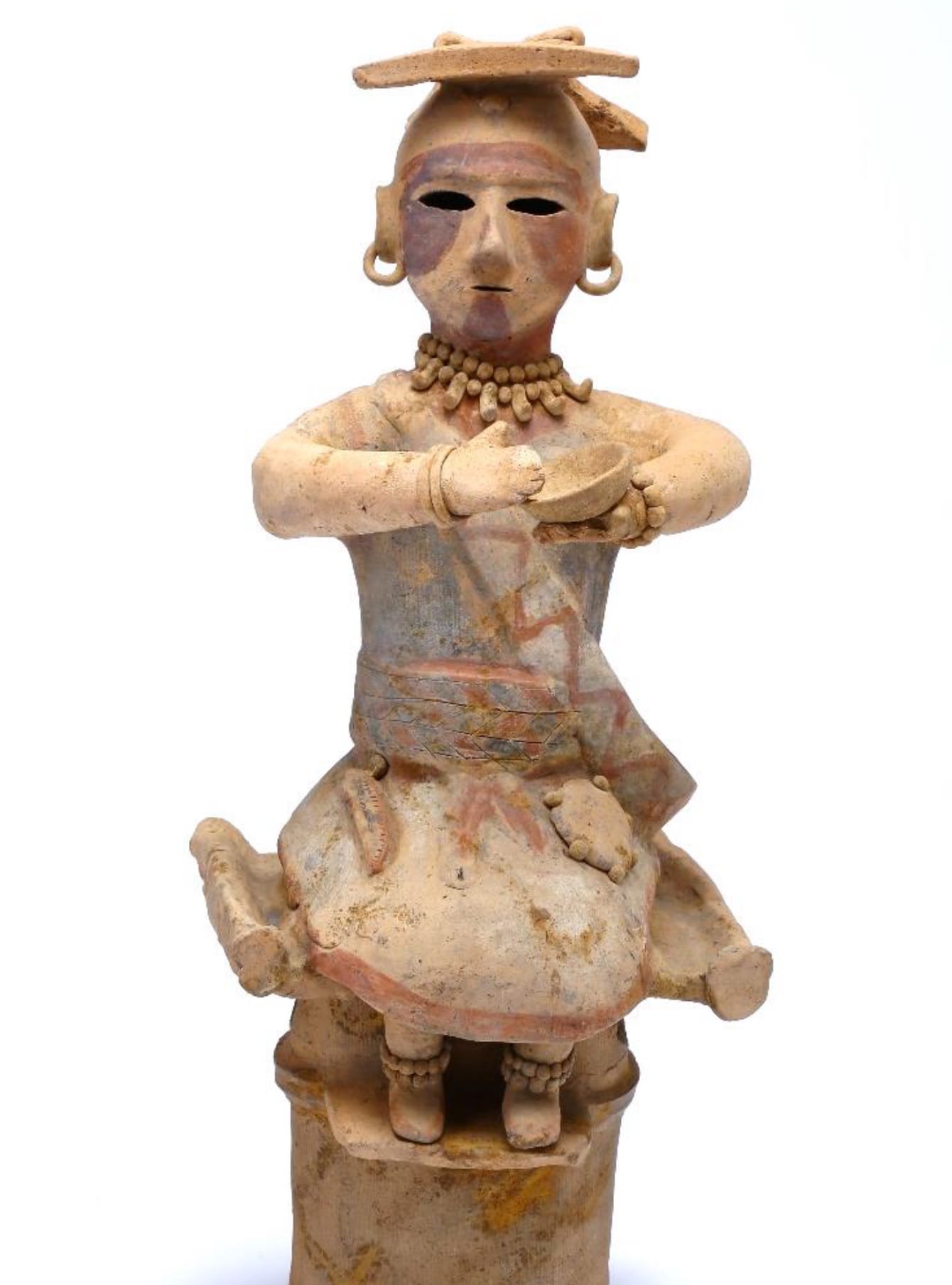
Excavated from Tsukamawari Burial Mound No. 3 / Gunma Prefecture Owned by: Agency for Cultural Affairs
Provided by: Gunma Prefectural Museum of History
What the haniwa tell us about accessories for men and women

Excavated from Takatsuku Tunnel Tomb No. 2 in Chibu Village/Shimane Prefecture Owned by: Chibu Village Board of Education
Provided by: Shimane Museum of Ancient Izumo
Bead Making in Izumo
Ruins of bead making workshops from the late Yayoi period to the Kofun, Nara and Heian periods were found around Mt. Kasen. Breaking away from traditions in the Yayoi period, the bead makers of Izumo made magatama from jasper, agate and quartz, introducing a unique method of bead making that spread throughout Japan.
Text translated in the context of a Translation Work Experience module by students in the School of Politics, Philosophy,
Language and Communication Studies at the University of East Anglia, NR4 7TJ UK.
https://www.uea.ac.uk/ppl; http://www.uea.ac.uk


